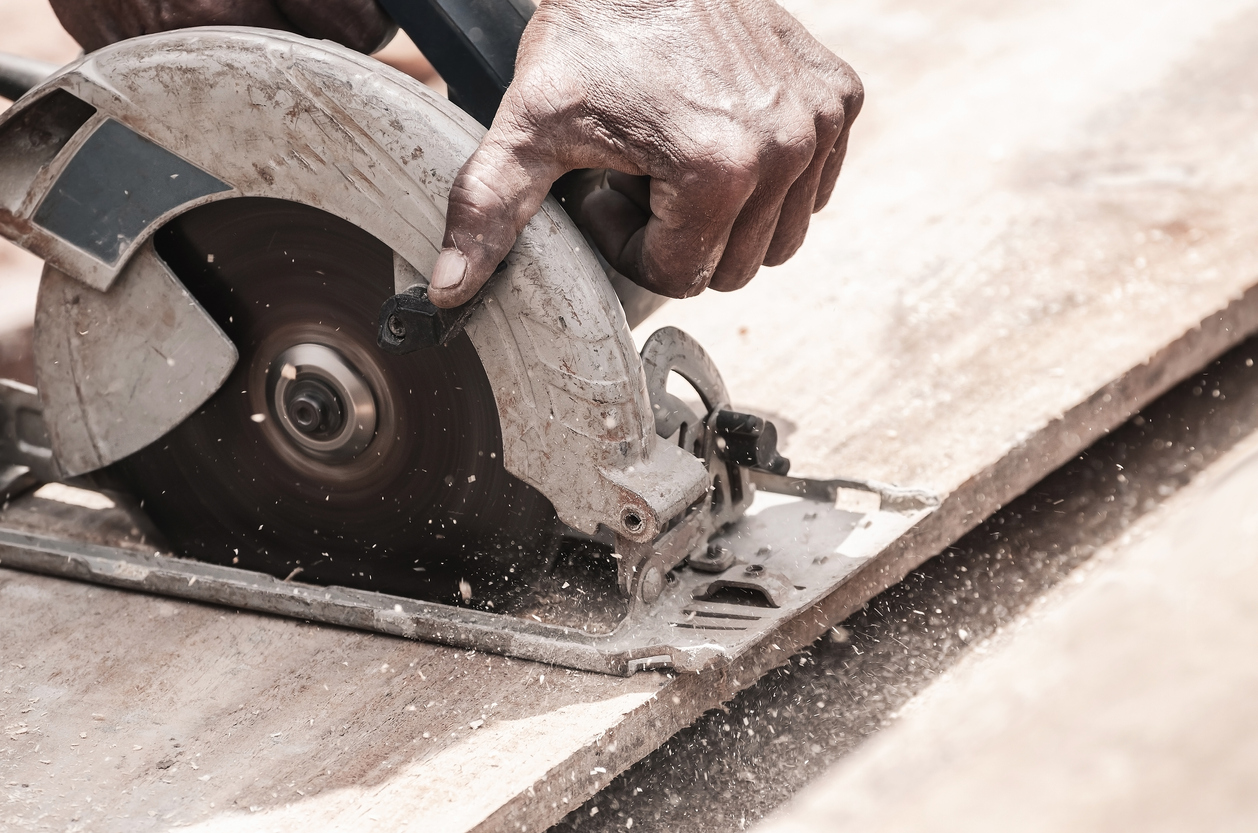
Straight Lines with a Circular Hand Saw for Beginners
When working on a project, problems can slow the process. Every job comes with unexpected issues. However, you can prevent some headaches with good planning. Crooked cuts can waste materials and time. Learn how you can make straight cuts with your circular saw consistently.
Use a New Blade and Don’t Over-Heat It
There are a few things to consider before you start cutting. First, you must have a new, sharp blade. A dull blade can warp during operation and lead to curved cuts. Blades aren’t too costly and worth replacing between projects for better results. Secondly, you need to consider the thickness and type of material you’re cutting. A thin sheet of plywood will place different demands on the saw versus solid wood. Over-working the saw blade can result in warped cuts. Take frequent breaks in cutting to allow the saw blade to cool down.
Tools for Consistent Cutting Performance
There are tools designed to prevent curving cuts. These come in the form of long, straight rails that fasten to the cutting surface.
Once secured, these rails allow you to slide the circular saw along a straight edge. By using clamps, you can adjust the position of the rail quickly.
There are also circular saws that come pre-equipped with rails. Rather than a separate tool, the rail attaches to the bottom of the saw.
This attachment allows for straight cuts as the saw can’t move outside the built-in rail. If you don’t already own a circular saw, you might want to consider buying one with this feature.
Quick Alternatives to Specialized Tools
In a pinch, a wood stud can substitute for a straight rail. Again, the circular saw could ride against the wood’s straight edge for an accurate cut. If you can’t secure the wood stud with clamps, you’ll need to attach it with screws. Marking up the wood won’t matter for some projects, but this could scar an otherwise smooth surface for others.
Quick, Easy, and Accurate Cuts
You can’t prepare for everything, but struggling with straight cuts doesn’t need to slow the project down. Buy a new blade and think carefully about the thickness and type of material you’re cutting. The type of wood and thickness can determine if you need to stop frequently to cool the cutting blade. Look into straight-cutting rail tools and even circular saws with built-in rails. With some planning, even beginners can get the perfect cut every time.



Sorry, the comment form is closed at this time.